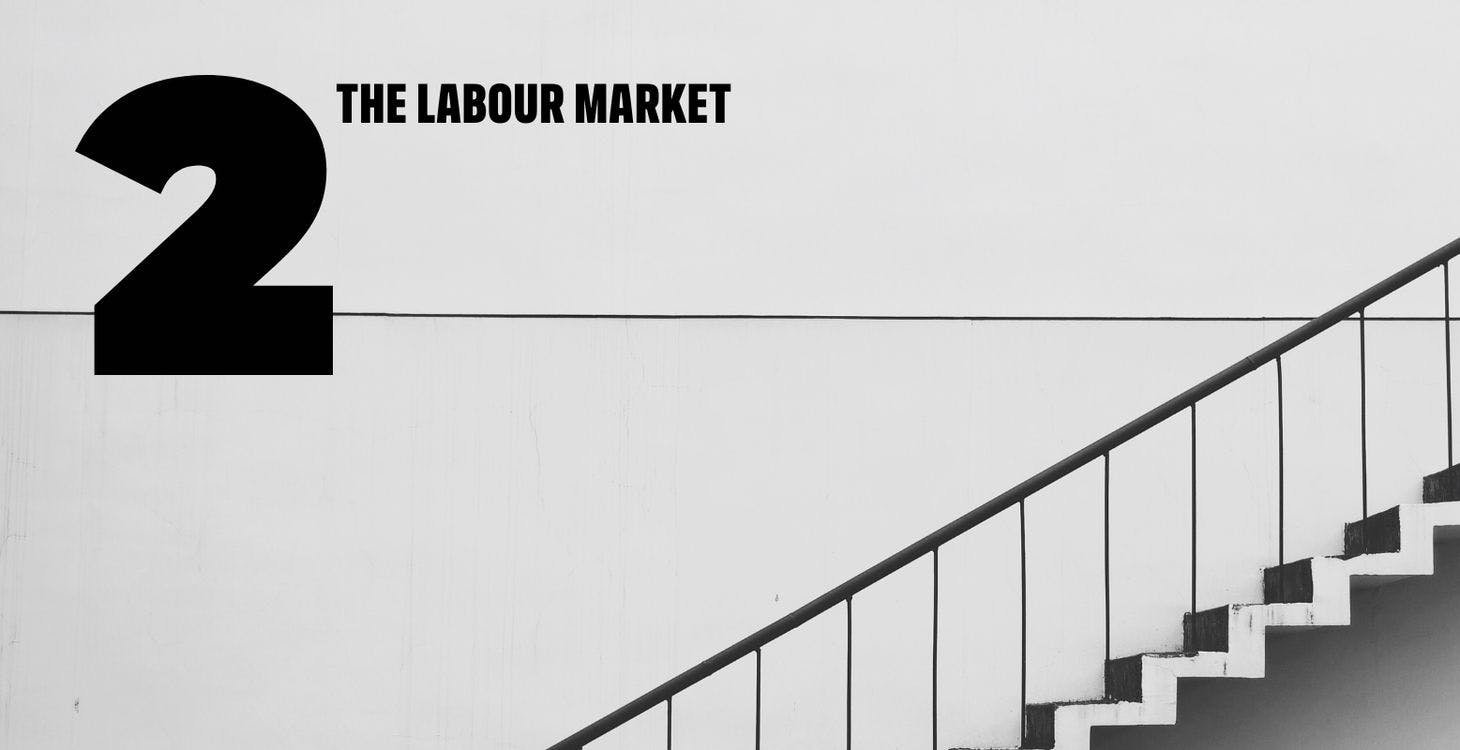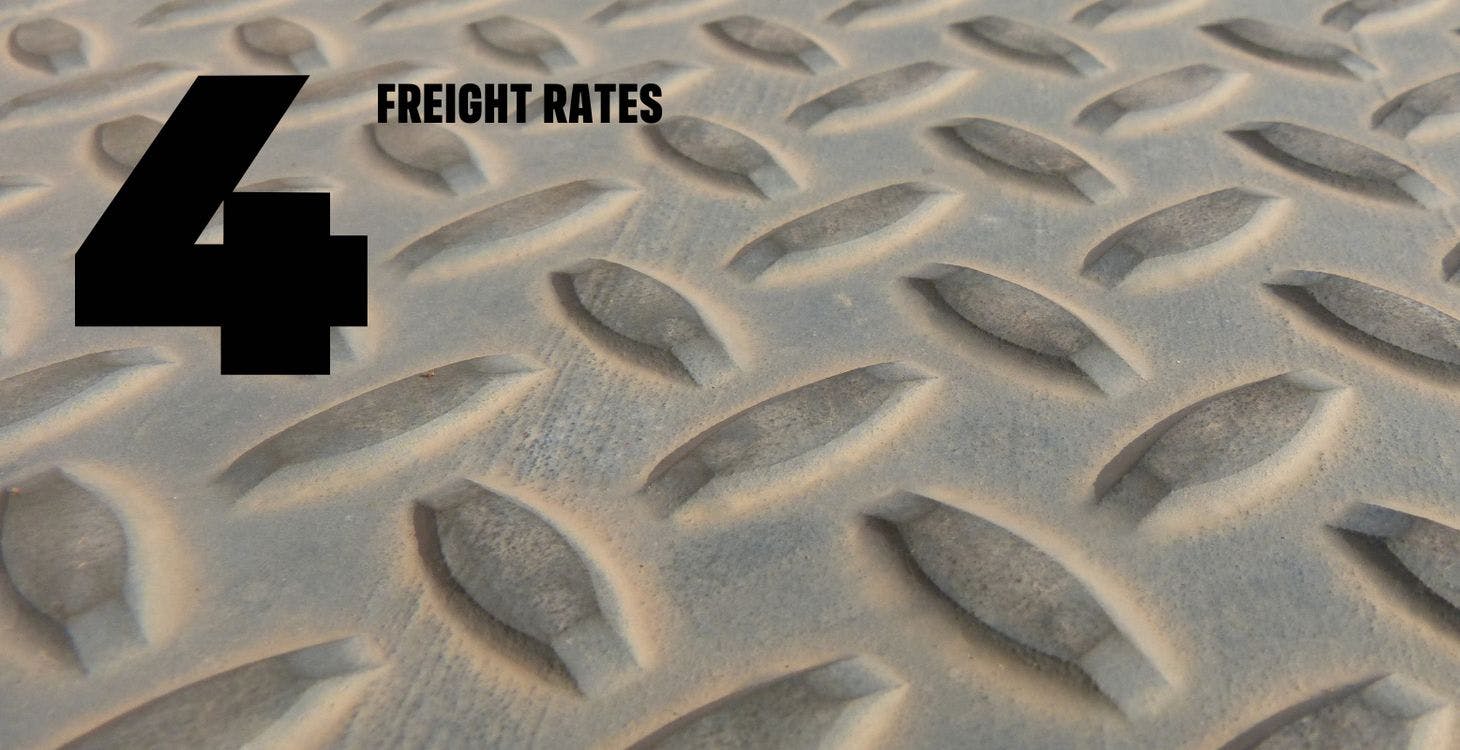There’s no shortage of coverage of the challenges UK consumers and retailers will face in the months to come. In the spirit of starting the new year with a sense of optimism, and more importantly a balanced point of view, it’s worth highlighting elements related to the consumer economy which are - in our view - somewhat better (or at least less bad) than we’re reading in the headlines.
In keeping with the time of year, we’ve identified 12 reasons for more optimism in 2023 as this difficult year comes to an end.

Business Rates represent a major cost for the traditional retail industry in the UK, but the Autumn Statement brought some relief with a package of measures totalling £13.6 billion over the next five years, including £2.1 billion specifically directed to retail, hospitality and leisure businesses. In aggregate, the Government estimates that Rates bills will rise by less than 1%, compared with over 20% without intervention.

Recessions are nasty phases of the economic cycle that put huge strain on businesses naturally leading to cost-cutting, of which headcount reduction is an inevitable and painful part. While the current recession will almost certainly result in an increase in job losses, the reality is that the starting point for the labour market is unusually robust. The most recent data shows the UK unemployment rate at 3.7% vs 5.2% before the Global Financial Crisis, and 6.9% ahead of the recession in the early 1980s. Job retention in the labour market will dampen the pain to come.

With the benefit of hindsight, many retailers were far too optimistic in their planning assumptions for 2022, not knowing what was around the corner. We can say with some confidence that inventory buying decisions for 2023/24 are already factoring in more caution and, while the industry-wide stock overhang will take some time to fully clear, this will create a far more stable platform for profitability for the sector in the period ahead.

The huge volatility in the cost of transporting goods around the world since the trauma of Covid represents a major profitability headwind for businesses. Increased costs have been passed on, piling extra inflationary pressures onto consumers. Before Covid the cost of 40-foot sea container transportation stood at ~$1,600 – this then increased more than five-fold, peaking in September 2021. Since then, the price has fallen by 75% and is at its lowest level since September 2020. In the last month alone, the price has fallen by 25%.

Oil remains the most important commodity in the global economy, influencing the price of virtually every item on the planet. Russia’s invasion of Ukraine at the end of February 2022 represented a seismic shock to the supply side of the oil market, causing the price to spike from $80-90 per barrel to over $120, at its peak. Whilst considerable uncertainty, along with supply and demand imbalances remain, the price has subsequently fallen back to around $80. As things stand, the most important global commodity will not be an inflationary force in 2023.

The market for natural gas has been subject to even greater volatility in 2022 than oil – reflecting an even higher reliance, particularly within the EU, on Russian supply. As countries scrambled for non-Russian supply in the aftermath of the invasion of Ukraine, the price more than quadrupled from ~£2 per Therm, to over £8 by the end of August. Since then, the price has fallen to ~£3.25. While this still represents a significant increase in the price consumers will pay on a year-on-year basis, it is materially better than appeared likely in the period from July to October.

Food and energy prices are inextricably linked and the shape of global food commodity prices broadly matches that seen in energy markets – a sharp rise in the early-mid part of 2022 followed by a moderation. At the start of 2022, the Food Price Index (which measures international prices for a basket of food commodities) stood at 135.6, but by March it had risen by 18%. Since then it’s fallen month-on-month and is now back at where we were in January. Food shelf price inflation has moved higher in all markets through the last year, and most recently stood at +15% in the UK. But this index falling strongly suggests that food expenditure pressure on consumer budgets will progressively soften as 2023 unfolds.

The September mini budget did a number on both sterling and Gilt yields. The weakness of the pound has been a major feature of a deteriorating backdrop for retailers (many of whom buy stock in dollars). This has contributed to escalating inflation, impacting consumers’ spending power. A year ago, sterling stood at 1.3 against the dollar, and at its trough post the mini budget, it was below 1.05. Since that nadir, the currency has rallied by 18%. It’s still 5% down year on year, so a buying headwind still exists, but the position is markedly improved in the last quarter. September also saw investors taking fright and immediately marked up the cost of UK government debt from just over 3% to close to 4.5% (for 10 Year Gilts). This had costly implications for UK public finances where Covid-support measures and weakening growth were already creating challenges. Every basis point counts when national debt stands at over £2tn. Since the reversal of virtually all the mini-budget measures announced on 23 September, the UK 10 Year Gilt yield has retreated back to 3.05%.

There are around 11 million mortgages in the UK, and in 2023 around 1.8m of those will need to be refinanced. Strongly correlated to the movement in Gilt yields, the 5 Year Swap rate (off which mortgage rates are priced) rose sharply from 4.1% to a peak of 5.57% in just seven days in late September, but has since retreated to below 4%. While this level is still substantially above the 1.1% of 12 months ago, as a function of higher policy interest rates (the Bank of England Base Rate), it is less bad than it looked set to be only two months ago.

In December 2021 Google searches for ‘Omicron’ peaked. With the benefit of hindsight, it’s clear that the Omicron variants didn’t pose equivalent health challenges as prior versions of the Covid-19 virus. Of course, the risk of a new, more potent wave or indeed an entirely different pandemic cannot be entirely discounted but it seems likely that Covid-19, as a significantly disruptive force within the economy, has played out at this point.

It is called an economic cycle for a reason, the highs and lows of which are observable going back hundreds of years. This, currently, is the hardest phase of the cycle where it’s clear that a downswing is in the process of occurring, but the duration and depth is, as yet, unknown. Typically, recessions last between four to six quarters – by the end of 2023 it is reasonably likely that the economy will be on a recovery trajectory again.

Bad news sells, and this particularly, seems to be the case in reporting about the economy. Very little has been reported on the stabilising of the economy in comparison to the downward spike. Reflecting this ‘asymmetric pessimism’, commentators and experts are incentivised to make doomsday predictions in order to capture airtime. In the aftermath of the Global Financial Crisis many economists breathlessly predicted a double or even triple-dip recession in the UK. It didn’t happen. Given inherent and asymmetric biases in the reporting of economic matters and the experience of history, it's a reasonable bet that the outturn won’t be remotely as bad as predicted.


